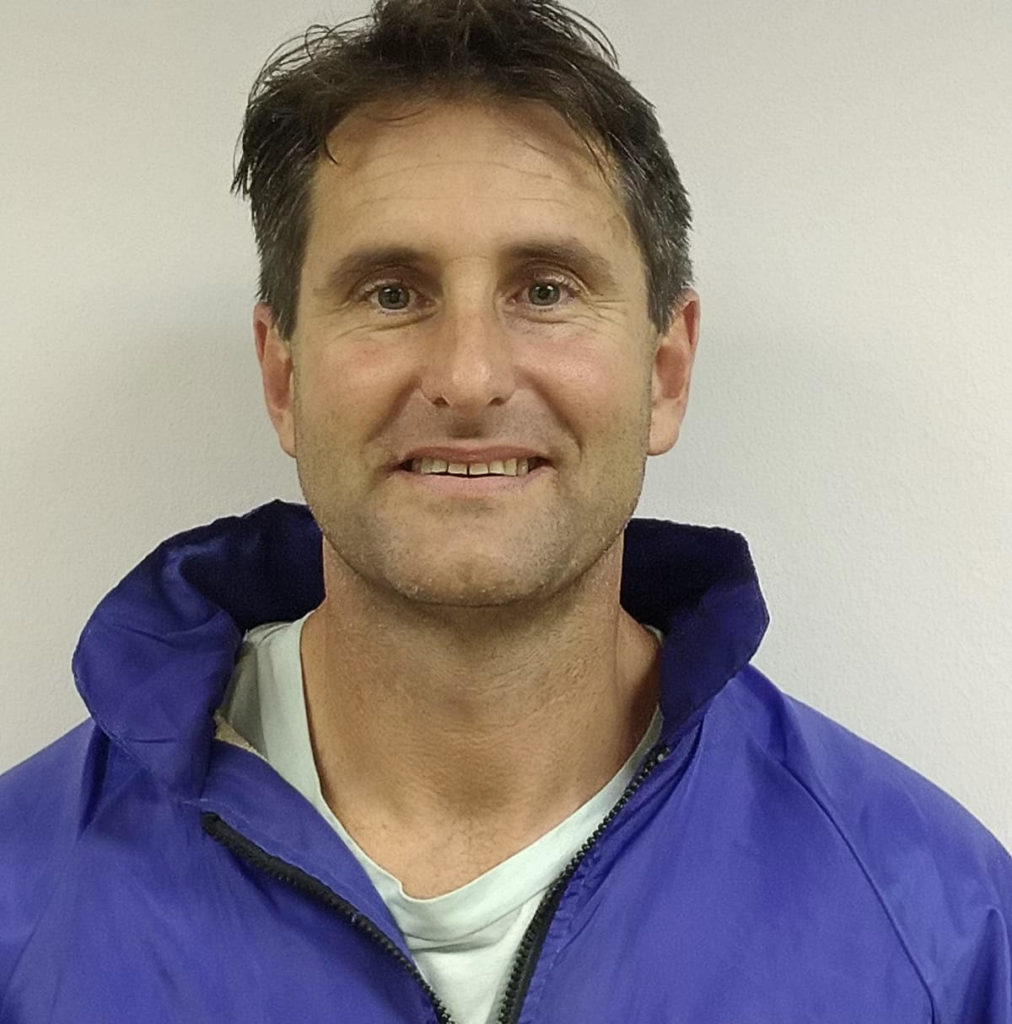By GEOFF EMBLING, Democratic Alliance (DA) Ward 4 councillor

Below are responses from local water experts and other citizens to the answers given by the Director and Manager of Water at the Infrastructure Portfolio Meeting on 12 February 2022.
The water crisis in Makhanda, which worsened considerably at the end of December 2021, has not abated and is deteriorating as of 12 February 2022.
A resident has compiled complaints from various WhatsApp community groups, showing lists of water outages in various roads and indicating the number of days without water. The town has been severely affected by the outages, and one can safely say that all households have been without water for days at a time; many have been without water for weeks, and some have been without water for over a month.
Due to the Worcester Street transfer line breakage, the water supply has reverted to its status before installing the transfer pipeline from East to West. The Worcester Street break has prevented water transfer from the Fish River system in the east from filling up reservoirs on the western side of town. The western half of town is particularly vulnerable at present because it relies on Howieson’s Poort pump station, with its one remaining pump. Residents with water and engineering knowledge were asked to comment on the municipality’s response to questions at the Infrastructure Portfolio meeting on 9 February 2022.
It was strongly agreed that three pumps are necessary at Howieson’s Poort, as the standard practice is for two pumps to run simultaneously, each pumping 50 per cent volume while the third pump stands by. This increases the lifespan of the pumps and is an optimal method for electricity consumption, as one pump running at 100 per cent gets hotter and uses more electricity than the combined electricity used by two pumps, each running at 50 per cent.
Secondly, a pump has a “duty cycle”, and running it beyond a certain number of hours is classified as “beyond spec”, which then voids the warranty on the pump. A pump station as large as Howieson’s Poort, which can supply eight megalitres per day, needs three pumps, and a single pump would have to run past its limits to produce this amount of water per day.
Standard practice involves running pump A, and after a certain number of hours starting pump B, and when pump A needs a rest, then pump C starts up and runs in tandem with pump B. Makhanda is fortunate that Howieson’s Poort dam is 100 per cent full at present.
Still, if two pumps failed last year due to low water levels, as stated by the Manager of water, then precautions should be taken in case the third one dies. If this were to happen now, the western side of town would have no water, as backup sources such as Jamieson Dam are still not functional, despite significant expenditure thereon.
The administration did not answer questions relating to where the pumps went for servicing and when they will be returned. A concerned resident, who has followed municipal infrastructure matters for years, phoned Sulzer Industrial Engineering in Johannesburg, where he suspects the pumps to be. The sales manager allegedly said that Sulzer has two pumps of that type, which have been there for over a year.
Sulzer allegedly assessed the pumps within four to eight weeks of arrival and gave a quote, but the entity to which the pumps belong has not got back to Sulzer with a purchase order. Sulzer allegedly said that both pumps can be fixed within 12 weeks and that it would take much longer to build a new pump, as pumps of this scale need to be built from scratch according to specifics.
Makhanda is amid a water crisis, and there is no reason for officials to be cagey about where the pumps are and when they will be returned. Residents’ rates and taxes go towards employing officials to take care of the town’s infrastructure, and the public votes for councillors to oversee the infrastructure and the administration.
In the private sector, this would be akin to a manager compromising machinery in a factory and ignoring the overseer’s questions, which the overseer has asked on behalf of the owner of the company and the shareholders/voters.
In Makana Municipality, this process is back to front, and officials are not accountable and seem to be protected by the Municipal Manager, who has been cited at council meetings as being responsible for the lack of consequence management in the municipality.
Another question raised by residents, which may have affected water supply, is the municipal Eskom debt. Makana Municipality pays municipal workers roughly R1-million per month in overtime alone, on top of their salaries. Bonuses were paid in December 2021, yet Makana did not pay Eskom’s monthly debt in December as ordered by the court. A significant cost factor in providing water from James Kleynhans WTW and from Howieson’s Poort / Waainek WTW is the electrical cost of pumping water long distances to high reservoirs. The municipality has a financial benefit to restrict the volume of water pumped, thereby reducing Eskom charges.
At the Infrastructure Portfolio meeting, an official stated that Makana’s inability to provide water was due to the town’s population of approximately 100 000. A census occurs roughly every ten years. The 2001 census showed a population of roughly 75 000. The 2011 census showed roughly 80 000, and the current census is in progress. Estimates for the current population vary widely, from 86 000 (according to growth curve statistics) to 100 000 (according to the municipality), as Makhanda has a mobile population.
The population may have grown anywhere from between 7,5 per cent to 25 per cent. Ten years ago, the town had ample water for everyone every day. Even if the population has increased from 7,5-25 per cent, the amount spent on local water infrastructure upgrades, along with the James Kleynhans upgrades, should have provided more than enough water in town. The James Kleynhans upgrades were supposed to be completed over two years ago, which is an example of Makana municipality’s history of awarding contracts to incompetent companies, paying them off and then getting professionals to complete the projects at an exorbitant cost.
More time and money should have been spent on fixing the notoriously bad leaks around town, along with infrastructure such as toilet cisterns in Joza, of which 70 per cent were said to be leaking by the previous director of infrastructure. Water wastage in town is out of control, estimated at 30 per cent or more of supply.
Water meter reading in town essentially stopped five years ago, preventing penalties from being issued for wasted water. A request was made at the Infrastructure Portfolio meeting for the municipality to assess the total water wasted. The Manager responded that in Phase 2 and 3 of the water upgrades, bulk flow or zone meters would be placed at key points to do so.
A local engineer responded that while zone meters may be helpful, the fundamental and most valuable statistics are already available. The amount of water pumped from James Kleynhans WTW and Howieson’s Poort daily, weekly, and monthly is already available, and this data needs to be collected and collated.
At present, the municipality can gather data on volumes of water pumped from James Kleynhans “after treatment” and from Howieson’s Poort “pre-treatment”, and adjustments can be made for these minor differences. By using the volume of water billed (from the accounts department) and the volume of water pumped, management would be able to measure the efficiency of delivering water and how much is being wasted.
Regarding the matter of turbulence and suspended solids at the Waainek WTW, the Manager of Water said that it takes about ten days to order the correct flocculant. The rains in December increased levels at Howieson’s Poort dam, but notices of turbulence on municipal statements have continued.
This raises a few possibilities: new flocculent is not being ordered in time, there may be an issue with the one remaining pump at Howieson’s Poort, or some of the filter beds at Waainek may be out of operation, which has occurred before. A local engineer stated that turbidity had not been a major issue at Howieson’s Poort in the past, that dams with far worse turbidity can be successfully treated, and that there are many ways to achieve the required flocculation and settling of suspended solids.
A more likely scenario for the water from Howieson’s Poort / Waainek being restricted to 60 per cent, is that the remaining pump might burn out if it was pushed at 100 per cent capacity every day.
Now that Howieson’s Poort dam is full and Settlers dam is at 30 per cent capacity, three working pumps would provide eight megalitres of water to the western side of town, which is approximately the total daily requirement. Regardless of the broken Worcester Street transfer pipe, which brings water from East to West, the western half of town should have water every day, from Rhodes University to Kingswood, to Somerset and Cradock Heights.
Water from three pumps operating in shifts 24/7 would enter the High, Intermediate and Low-level reservoirs, which have a combined storage capacity of 12.85 megalitres, providing a surplus that can be stored for the western side of town. On the eastern side, James Kleynhans currently produces ten megalitres per day, enough water to service the whole eastern half of the city, so there should not be a water shortage. Grahamstown-Makhanda would have more than enough water if water leaks were urgently attended to.
The water crisis lies squarely on the shoulders of the municipal officials, and it is due to old and existing infrastructure being neglected rather than blaming “old infrastructure” itself. Gross negligence of officials has been ignored, and an example was raised at the Infrastructure Portfolio meeting.
In February 2021, a worker at James Kleynhans WTW was grossly negligent and allowed the pumps to flood the WTW. This cost the town two weeks without water and R750 000 damage to equipment. He was suspended with pay and is returning soon, a year later, for disciplinary hearings. This mirrors the example of a Makana traffic officer who has been allowed to work from home for two years after providing a doctor’s letter stating comorbidities for Covid. Without entering into the legality of the municipality’s decision to allow this, these examples highlight a lack of consequence management in Makana municipality.
In his State of the Nation address, President Ramaphosa brought up the imminent reinstatement of water boards, and Grahamstown-Makhanda urgently needs to have its water services put under administration. The municipality has shown little interest in taking advice from local water experts or dealing with local engineering firms that have offered their assistance free of charge. The town needs help, and the municipality and its current contractors can barely keep their heads above water.




